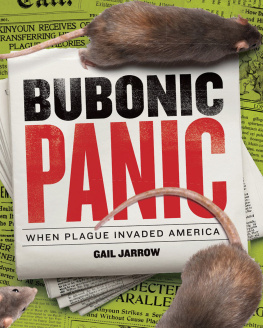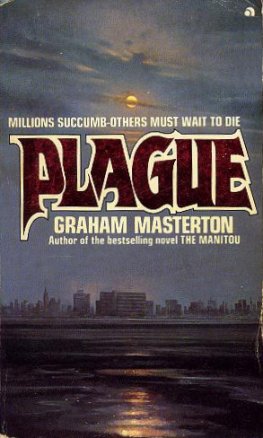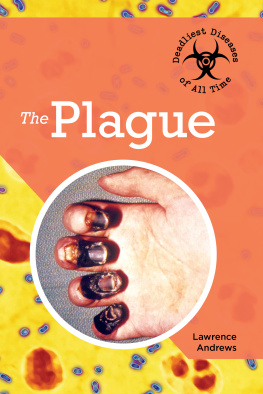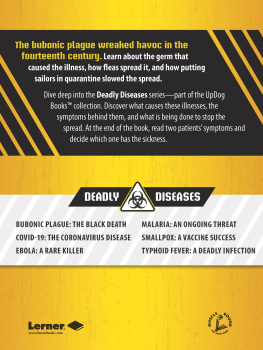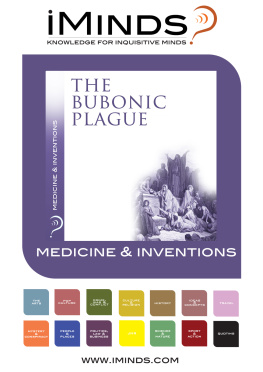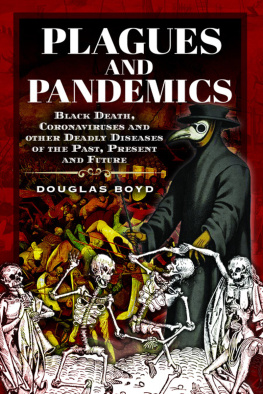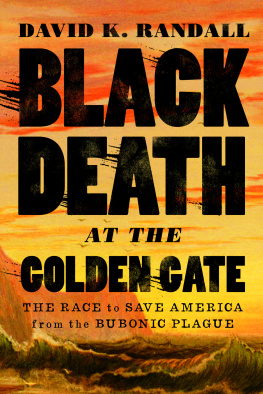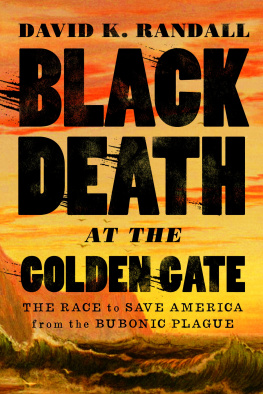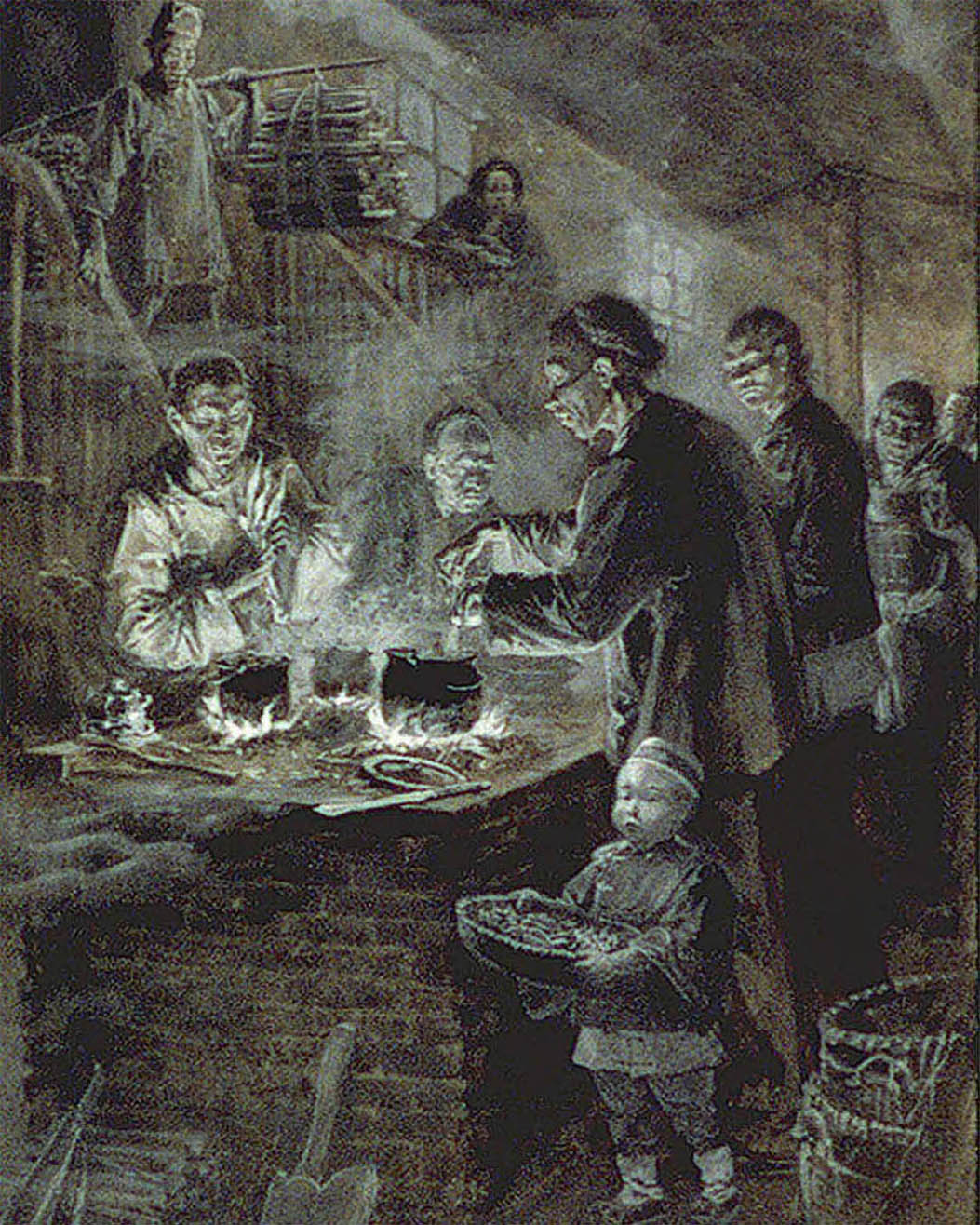
San Franciscos Chinatown during the plague outbreak

Text copyright 2016 by Gail Jarrow
All rights reserved.
For information about permission to reproduce selections from this book, please contact .
Calkins Creek
An Imprint of Highlights
815 Church Street
Honesdale, Pennsylvania 18431
Printed in China
ISBN: 978-1-62091-738-1 (hc)
ISBN: 978-1-62091-738-1 (e-book
Library of Congress Control Number: 2015953543
First edition
10 9 8 7 6 5 4 3 2 1
Designed by Red Herring Design
Production by Sue Cole
Titles set in Knockout and Veneer
Text set in Caecilia LT
CONTENTS
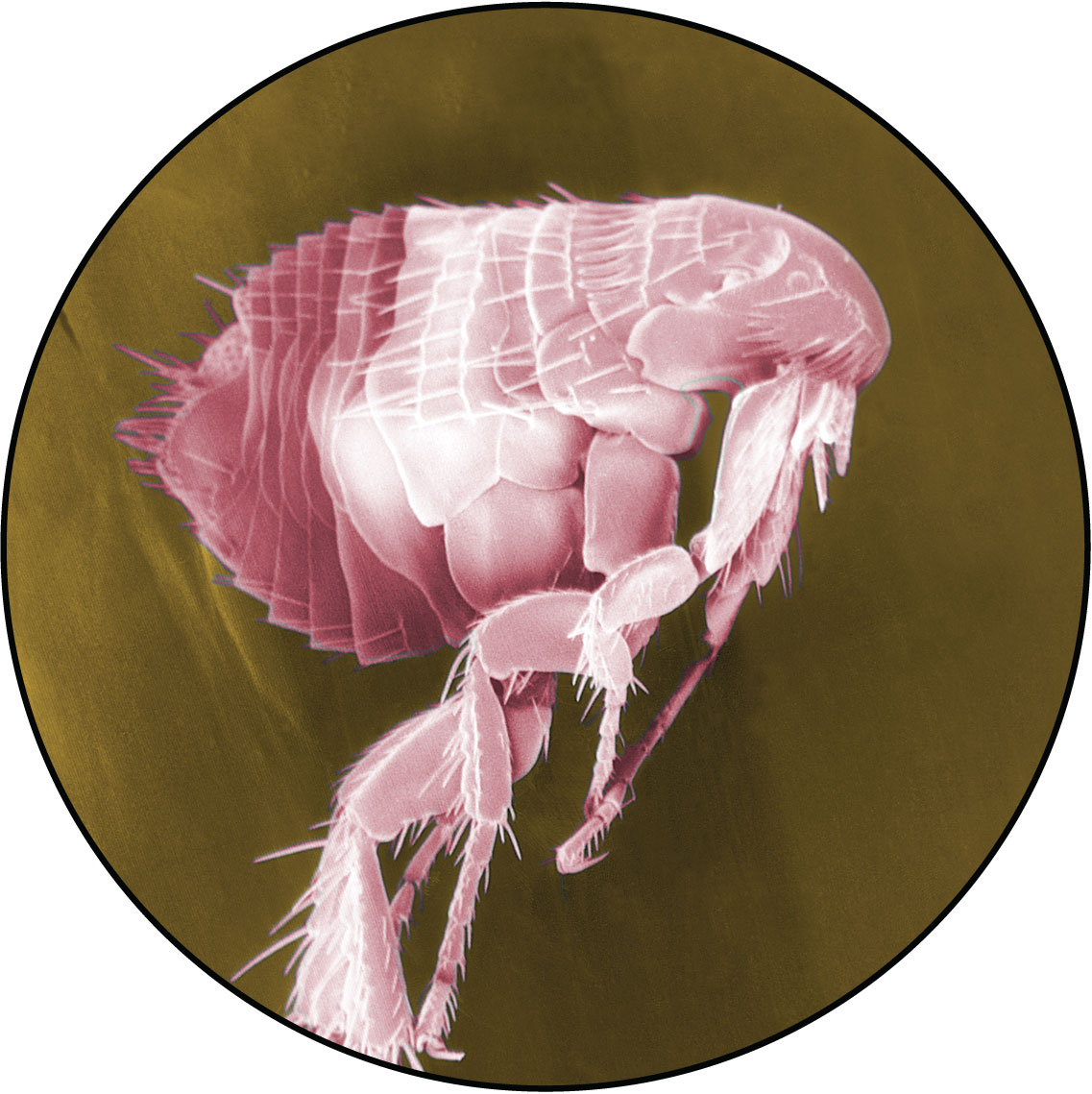
DEDICATION
For Heather, who piqued my interest in plague
ACKNOWLEDGMENTS
I appreciate the assistance of everyone who helped me investigate, understand, explain, and organize the story of plagues arrival in the United States. Thanks to Dr. Kenneth L. Gage, Division of Vector-Borne Diseases, Centers for Disease Control and Prevention, for answering my questions about plague, suggesting resources, and making helpful comments; Dr. Matthew Frye, New York State Integrated Pest Management Program, Cornell University, for sending me journal articles about fleas and plague; Ethan Degner, Department of Entomology, Cornell University, for sharing his flea expertise with me; and the reference staff at Cornell University Library for locating hard-to-find resources.
Writing a manuscript is only part of the long, complicated process of producing a book. Thanks to the talented Calkins Creek crew for their creativity, inspired suggestions, hard work, reliability, and attention to the smallest detail. Im particularly grateful to my editor, Carolyn P. Yoder, for the many big and little things she does to make sure a book is the best it can be. No author could ask for more.
GJ
CHAPTER ONE
PHANTOM KILLER
We see death coming into our midst like black smoke a rootless phantom which has no mercy.
Jeuan Gethin, fourteenth-century poet
T he killer was a master of stealth. It moved undetected, sneaking from victim to victim and always catching its targets by surprise.
Their end usually came after three or four horrific days of suffering. For a fewthe ones spared that agonylife drained away in hours.
In the beginning, the killer traveled slowly. But before long, it stormed through cities, towns, and the countryside on a rampage, leaving behind more death than anyone had ever seen. Terrified, many people fled, abandoning their homes and neighbors and even their families.
The killers signature was unmistakable, though it went by different names: The Plague. The Pestilence. The Great Mortality. The Black Death.
If you were a victim, you felt sick within two to six days. First came the high fever, throbbing headache, achiness, weakness, chills, and sometimes nausea and diarrhea. These symptoms werent unusual at a time when countless maladies and diseases afflicted humans. But when you saw the grotesque swellings, you knew your body had been attacked.
The painful lumps under your skin seemed to pop out overnight. Youd find one or more, usually in your armpits, on your neck, or in your groin. Called buboes, from the Greek word for groin, the swellings were often the size of a chicken egg. They could grow as large as an orange.
At least three of every four victims developed buboes. You were lucky if you were one of them. Even though the bubonic form of plague was fatal for 40 to 60 percent of victims, it was your best chance of surviving.
Your odds were far lower if you had septicemic plague. The early symptoms were similar to bubonic, but instead of buboes, you saw dark purple blotches on your skin from bleeding under the surface. In some places, blood flow was disrupted, particularly on your nose, fingers, or toes. Gangrene might set in and turn your skin black. Your organs failed. Septicemic victims rarely recovered.
The killer had a third way to slaughter its victims. With pneumonic plague, you fell ill one to four days after the attack. You had a high fever, chest pain, and a cough. You struggled to breathe. You spit up blood. A red froth surrounded your lips. Within a couple of daysor even hoursyoud be gone. Death might come so fast that youd go to bed healthy and never wake up.
Like a phantom haunting the land, the killer took the lives of the lowliest beasts to the greatest human leaders. It was powerful enough to defeat mighty armies, change history, and determine the fates of countries and their people. Nothing stopped it. The wisest physicians were no match. Potions and remedies failed to cure. Prayers and incantations couldnt slow the murderous advance.
And while millions died, the killers secrets remained hidden.


CHAPTER TWO
PANDEMIC!
This is the end of the world.
Agnolo di Tura, 1348

Tombstone from graveyard in Eyam, England, a village devastated by plague in 1665
T he sick left to die. Corpses piled high. Cities decimated.
Fifteen hundred years ago, a devastating disease cut a swath of death across the world. Survivors wrote of the dark days when the whole human race came near to being annihilated.
Epidemics had overpowered mankind before, though their causes would never be known for certain. But this time, the scourge left incriminating clues on the victims bodies, and the witnesses to the carnage would never forget them.
A WORLD DOOMED
In the year 542, the historian Procopius wrote of the horror in Constantinople (now called Istanbul, in Turkey). The bustling city of a half million residents was the capital of the Byzantine Empire, the eastern half of the Roman Empire.
In gruesome detail, Procopius described a new, mystifying disease that started with sudden fever. Soon a bubonic swelling and black blisters appeared. He saw people vomiting blood and dying a few hours later. Some victims, he wrote, fell into a deep coma, with others a violent delirium that caused them to run out of their houses, crying out at the top of their voices.
Physicians had never seen an illness like it. They didnt know how to treat or prevent it.
Most people believed there was little anyone could do about the pestilence. God sent it as punishment for their wicked, sinful behavior.
All work stopped. Fields lay untended and animals unfed. Markets closed. Those who endured the disease died of starvation.
Bodies lay unburied and rotting for days in Constantinoples streets, because no friends or family were left alive to place them in tombs. In a nearby city, gravediggers ran out of vacant earth in which to bury the dead. They stacked corpses in the towers of the citys fortifications, creating an evil stench. In some towns, survivors tossed bodies onto boats for dumping at sea.
Next page
